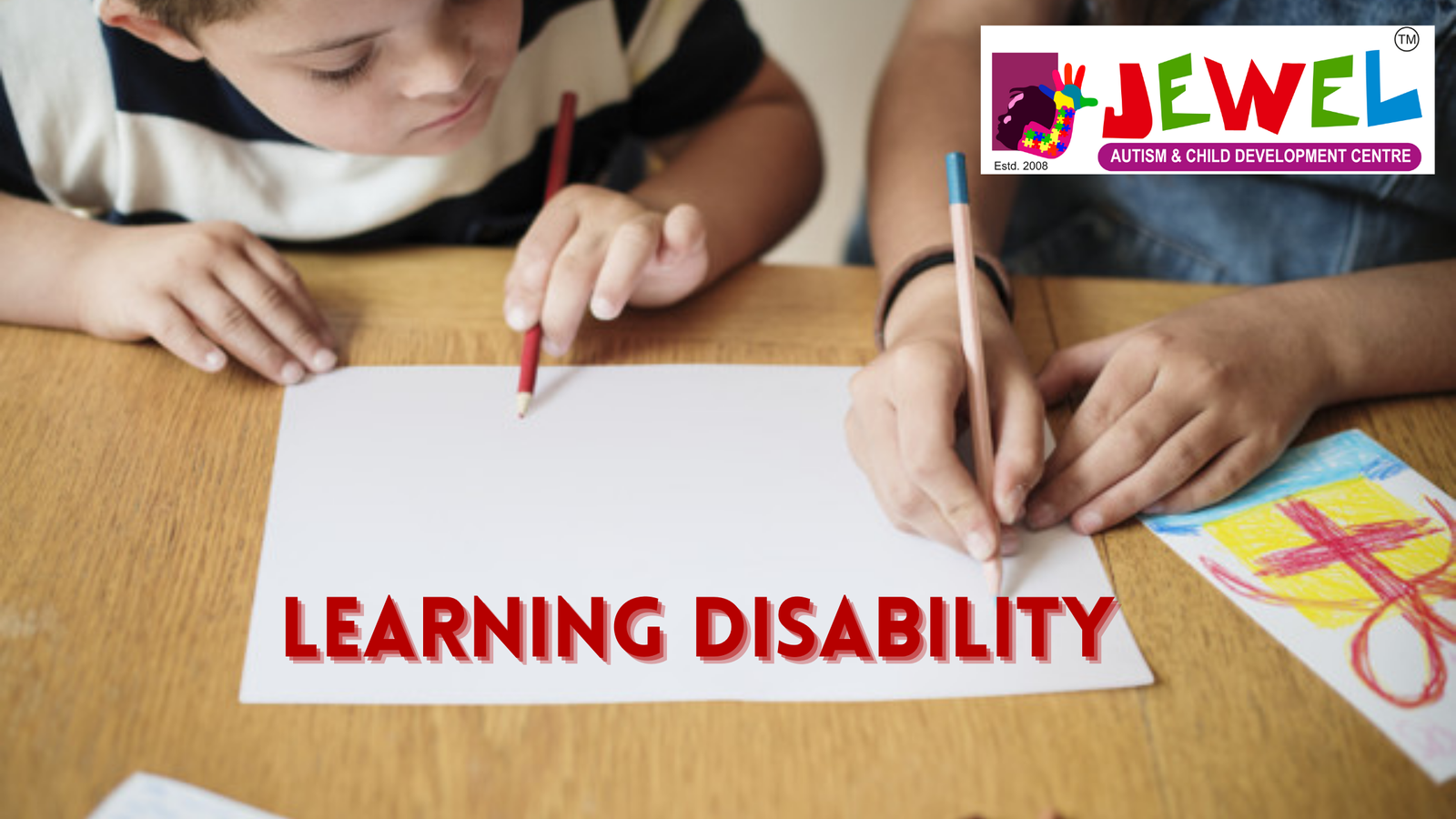The Greatest Guide To Arrowsmith Program Australia
The Greatest Guide To Arrowsmith Program Australia
Blog Article
All About Arrowsmith Program Australia
Table of ContentsNot known Details About Arrowsmith Program Australia 3 Easy Facts About Arrowsmith Program Australia DescribedHow Arrowsmith Program Australia can Save You Time, Stress, and Money.The Greatest Guide To Arrowsmith Program AustraliaFacts About Arrowsmith Program Australia RevealedNot known Details About Arrowsmith Program Australia
Learning and assuming begin at birth. A kid finds out as he/she discovers the world via sight, sound, taste, touch, and scent. As a youngster plays, he/she gets concepts and learns that people, things, and activities have names. This lets the kid recognize symbols, which prepares him/her to use language for learning - Arrowsmith Program Australia.Believing is the application or usage of information a kid has actually found out. When a child believes in words, he/she may solve an issue by making use of language to talk his/her way with it.
We think about how well a kid: has the ability to concentrate and preserve attention, and begins, executes, and ends up tasks, including the pace at which the kid executes tasks and the ease with which the kid alters them. Focus entails regulating levels of performance and initiating and maintaining concentration. It involves the ability to filter out disturbances and to continue to be concentrated on a task or job at a constant degree of efficiency.
Not known Facts About Arrowsmith Program Australia
It additionally indicates that if a kid sheds or alters focus in the center of a job, he/she is able to return to it without other individuals needing to remind him/her regularly to complete it. Adequate focus is required to maintain physical and psychological effort and focus on a task or task.
Concentrating attention enables a youngster to attempt tasks at an ideal rate. We consider exactly how well a youngster: initiates and endures psychological connections with others, develops and uses the language of his/her community, coordinates with others, complies with guidelines responds to objection, and respects and takes care of the possessions of others.
A child connects with others by making use of faces, gestures, actions, or words. A kid might communicate with an additional individual only once, as when asking an unfamiliar person for directions, or sometimes, as when explaining his/her day at college to Click This Link moms and dads. A youngster might engage with people one-at-a-time, as when listening to one more trainee in the corridor at institution, or in groups, as when playing with others.
The 6-Minute Rule for Arrowsmith Program Australia
These are called gross and great electric motor skills. Relocating one's body includes a number of different kinds of activities: Moving one's body; increasing or pulling oneself from a resting to a standing setting; pushing oneself up; raising one's head, arms, legs, and turning one's hands and feet; balancing one's weight on one's legs and feet; moving weight while sitting or standing; transferring from one surface to another; decreasing oneself to or towards the flooring as when bending, stooping, stooping, or crouching; relocating oneself forward and backward in area find more info as when creeping, walking, running, and working out different surface (e.g., visuals, steps, hillsides).

Arrowsmith Program Australia Fundamentals Explained
Caring for and managing oneself properly, with the level of self-reliance appropriate to a youngster's age, depends upon the capacity to reply to adjustments in emotions and day-to-day demands of the setting. Caring for oneself is defined by a feeling of individual go autonomy, or independence and proficiency, or skills. The effort to come to be independent and qualified ought to be visible at birth and should proceed throughout childhood.
To satisfy these needs effectively, a child needs to employ reliable coping strategies, proper to his/her age, to identify and control feelings, ideas, prompts, and objectives. Such approaches are based on taking responsibility for obtaining needs satisfied in an appropriate and sufficient manner. This includes developing and keeping sufficient self-constraint when controling actions to changes in moods and setting, and developing suitable ways to postpone satisfaction.